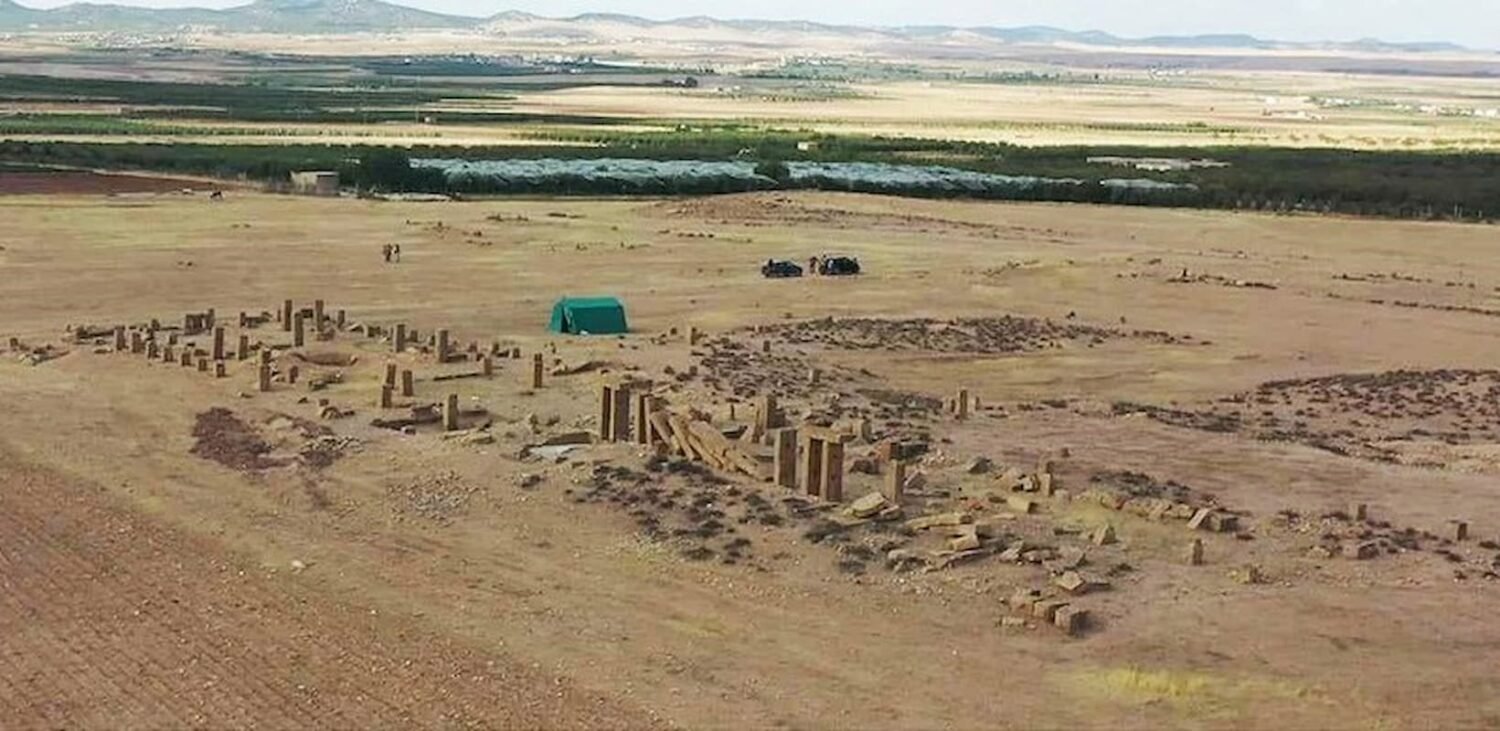View of the excavations at Henchir el Begar. Credit: Università Ca’Foscari Venezia
Archaeologists from Ca’ Foscari University of Venice have unearthed one of the largest Roman-era olive oil production facilities ever discovered, a massive industrial complex that underscores Tunisia’s pivotal role as the empire’s primary oil supplier.
The discovery was made at the site of ancient Cillium, a border region in present-day Tunisia. The centerpiece is a monumental torcularium (a presshouse), identified as the second-largest such facility in the entire Roman Empire. Located at the site of Henchir el Begar, this frantoio was equipped with twelve massive beam presses, indicating an industrial-scale operation.
“This mission offers us an unprecedented perspective on the agrarian and socioeconomic organization of the frontier regions of Roman Africa,” said Professor Luigi Sperti, a co-director of the excavation from Ca’ Foscari.
The facility was part of a vast agricultural estate that thrived from the 3rd to the 6th centuries CE. Its strategic location in the Jebel Semmama massif provided ideal soil and climate for olive cultivation, fueling a booming export economy that supplied oil to the city of Rome.
Recent geophysical surveys have revealed a complex network of previously unknown structures and roads, suggesting the settlement was far more extensive than previously believed. The international team, a collaboration between Italian, Tunisian, and Spanish universities, continues to investigate how Roman colonists, imperial power, and local Numidian populations interacted in this vibrant cultural and economic hub.
TunisianMonitorOnline (NejiMed-Università Ca’Foscari Venezia)




